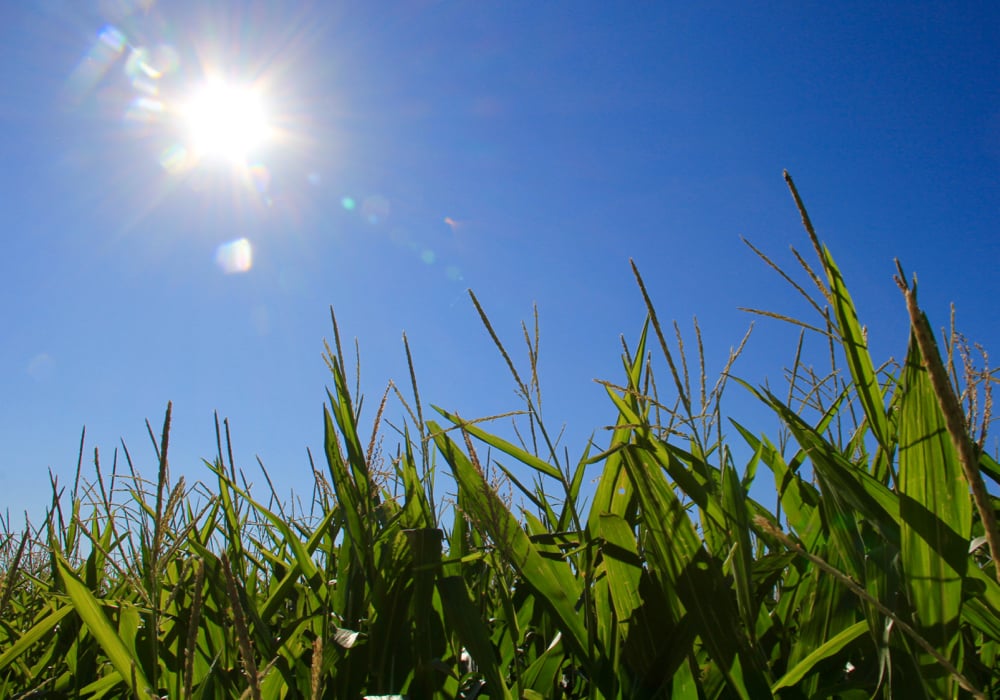The importance of teaching farm safety to kids

From 1990 to 2020, more than 400 children were killed in agriculture-related incidents.
Read Also


Satellite images of plants’ fluorescence can predict crop yields
Cornell University researchers and collaborators have developed a framework that allows scientists to predict crop yield without the need for…
That’s according to a 2023 report from the Canadian Agricultural Safety Association and Canadian Agricultural Injury Reporting. To raise greater awareness of farm safety for kids and provide access to child-specific resources, CASA launched Kids FarmSafe Week, held May 13-19, with support from BASF Canada Agricultural Solutions.
Why it matters: The basics of farm safety education ultimately fall to parents.
“While ag-related fatalities are declining across age groups, the age group of 14 and under hasn’t been declining as much,” said Tabetha Boot of BASF Canada. “While farm safety is improving, it’s not improving for our children.”
Farm mothers’ experiences in keeping children safe on the farm were the focus of a May 15 webinar. Panelists Katy Keddy and Bailey Kemery spoke about how they encourage safety.
Kemery, who experienced a severe injury while playing on a rototiller at age four, said perspectives on safety change between childhood and parenthood.
“It’s amazing how you just have this selflessness towards your kids” she said. “Experiencing an accident myself, I know the repercussions of that, and I know how important it is to keep your kids safe. At the end of the day, if our kids aren’t safe, the family farm can’t survive.”
Keddy echoed the sentiment and said conversations about workplace safety are not often prioritized in agriculture.


photo:
Katie Keddy
“Work comes first, because it has to, for business. Until you really embrace the culture of safety on the farm, it doesn’t take priority in your mind,” she said, adding that safety-related changes tend to be retroactive rather than proactive.
Kemery said raising children on a farm comes with unique challenges.
“Your work and your home life are blurred in a really unsafe way. Our kids are expected to mature a little bit faster and to have an understanding.”
This can lead to an interest in dangerous tasks and equipment at a young age. Her four-year-old son is an example.
“For him, it’s just ‘I love tractors, I love anything that has wheels and that can move and I want to be a part of that.’ We almost feed upon that wrong,” she said, adding the reaction is often “oh, they love tractors, let’s get them running tractors at a young age.”
Kemery and Keddy suggested kids can be involved in safe farm responsibilities while also being allowed to do more advanced tasks in controlled environments.
“Giving them age-appropriate tasks makes a lot of sense, because they do want to be involved,” said Keddy. “Sometimes those tasks that we give them may be a little bit more difficult, so then you give them … support at appropriate times, that isn’t in the middle of a working day.
“If my 11-year-old is keen to go try harrowing, well then we’ll do that in the evening in the buddy-seat, in an open field, nobody else is around and we’re there with you. This is the only time, do not touch the equipment or turn the equipment on when you’re not with us.”
Kemery said involving children means giving them a safe task, like pulling weeds or planting seeds, that helps them feel included and useful. It’s also important that parents set a good example.
“I can’t expect my kids to be safe if I’m doing stupid things, and that’s just what it comes down to. Like, if I’m on a sled or a quad or a side-by-side, I’m wearing a helmet, because how can I expect my kids to wear one if I’m not wearing a helmet?”
Understanding safety can also be framed as a two-way discussion with children.
“What do you think we could do here? And they give a suggestion. Do you think that’s the safest thing we could do? Maybe there’s something else we could do to make it a little bit safer,” said Keddy.
She is direct with her children about the consequences of dangerous behaviour.
“We’re pretty scary and graphic because that’s the impact of a momentary mistake, is that it’s scary and it’s impactful and these are the consequences of it.”
Kemery noted there are many teachable moments among occurrences on her farm.
“There are a lot of things that happen on the farm that we take advantage of. We lost a goat to goat polio. We have those conversations too, and you know, ‘this is what happens, it’s just something we missed.’
“We lost a really good farm cat; he got squashed on the road. I mean, that was a perfect opportunity to talk about road safety.”
Both women emphasized the importance of community.
“Having the community involved makes a huge difference,” Kemery said. She mentioned neighbouring farm kids available to watch her younger kids and a school bus driver’s attention when unloading.
Keddy said community is vital to the mental health of rural children, though support is difficult to find.
“You hear ‘it takes a village’ and it feels like there’s less and less village to lean on, by nature of people need to work longer and people aren’t retiring as soon.”
Source: Farmtario.com

